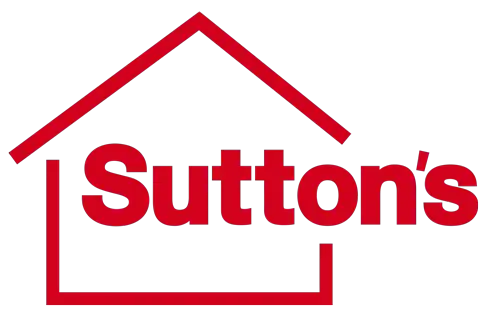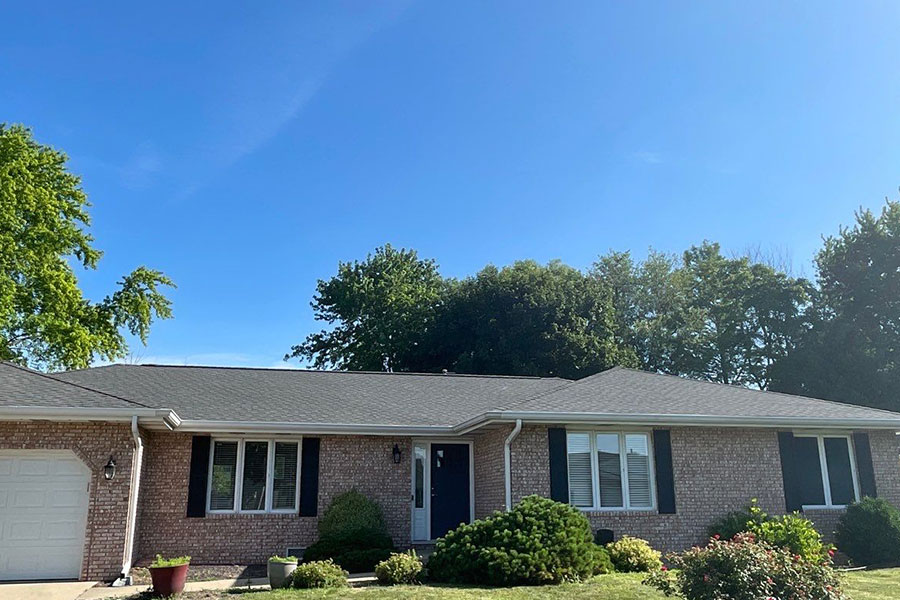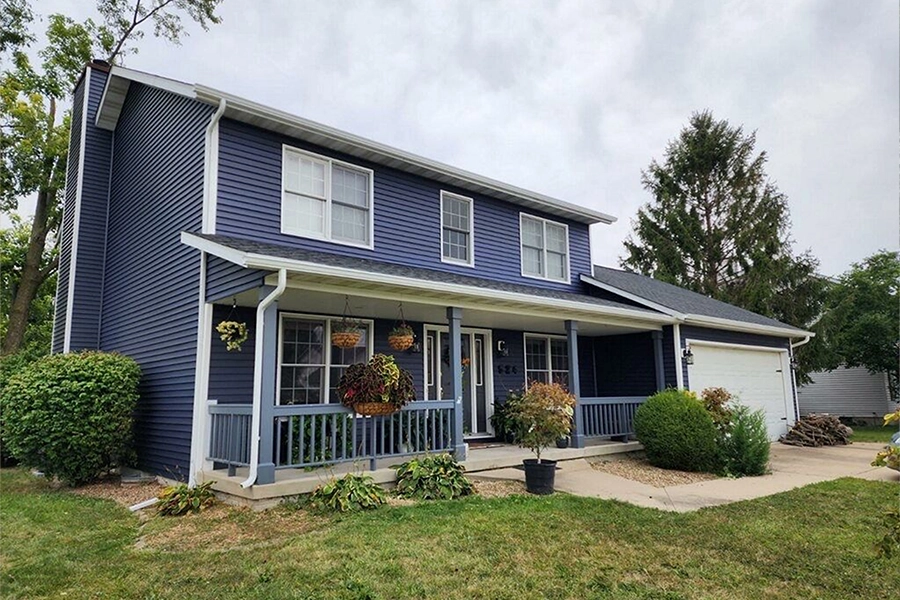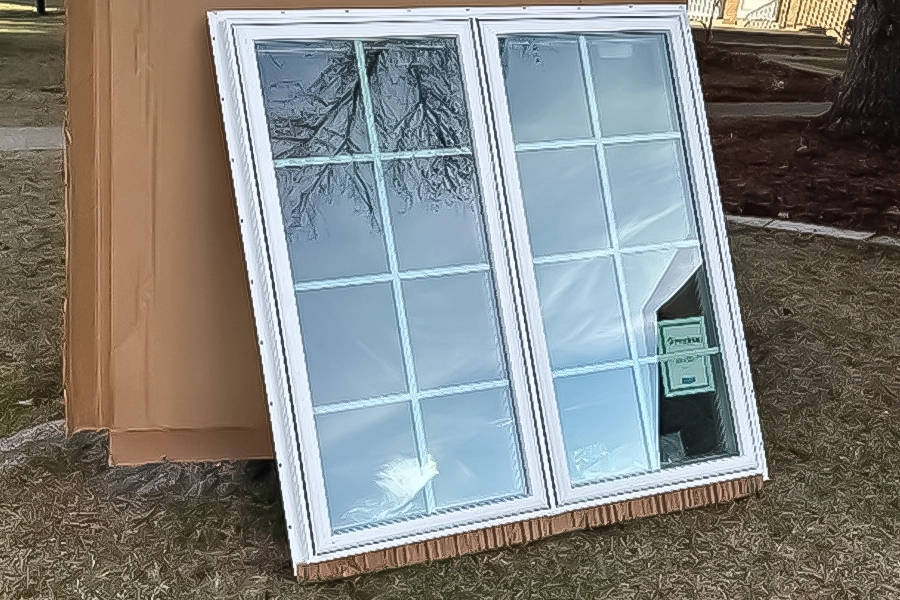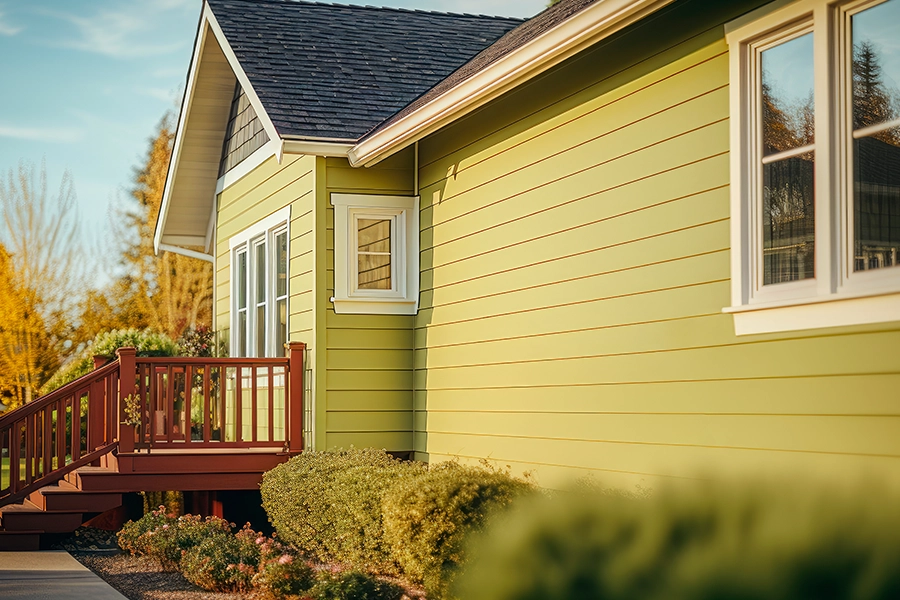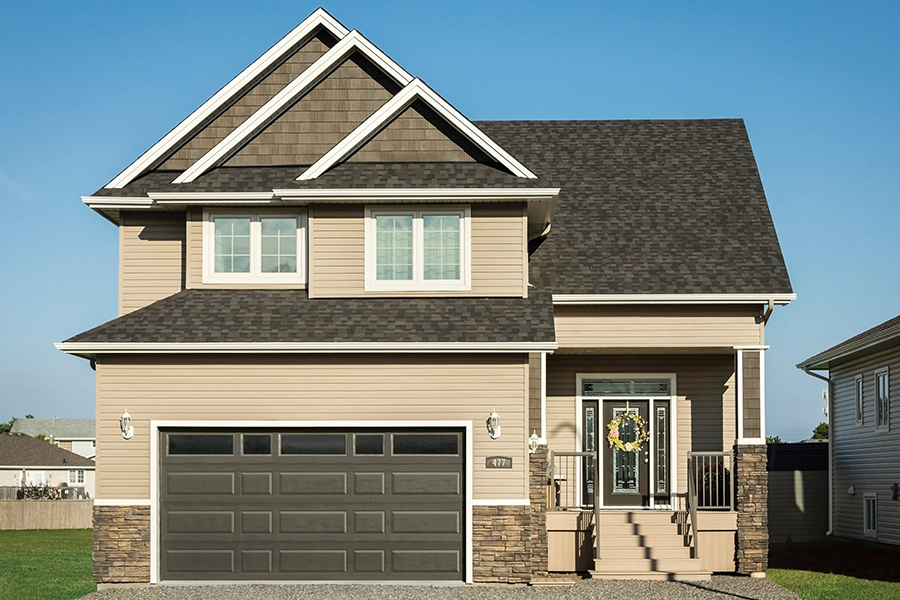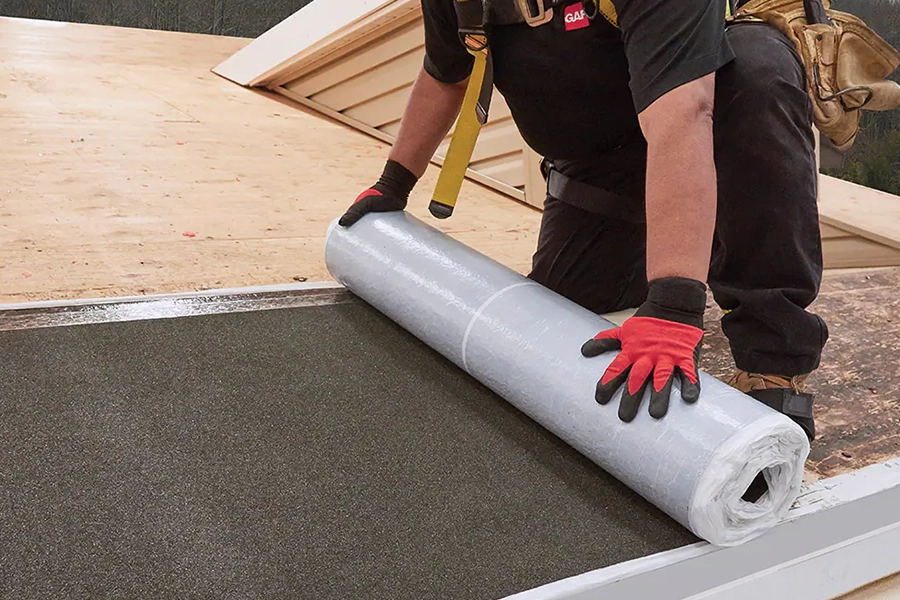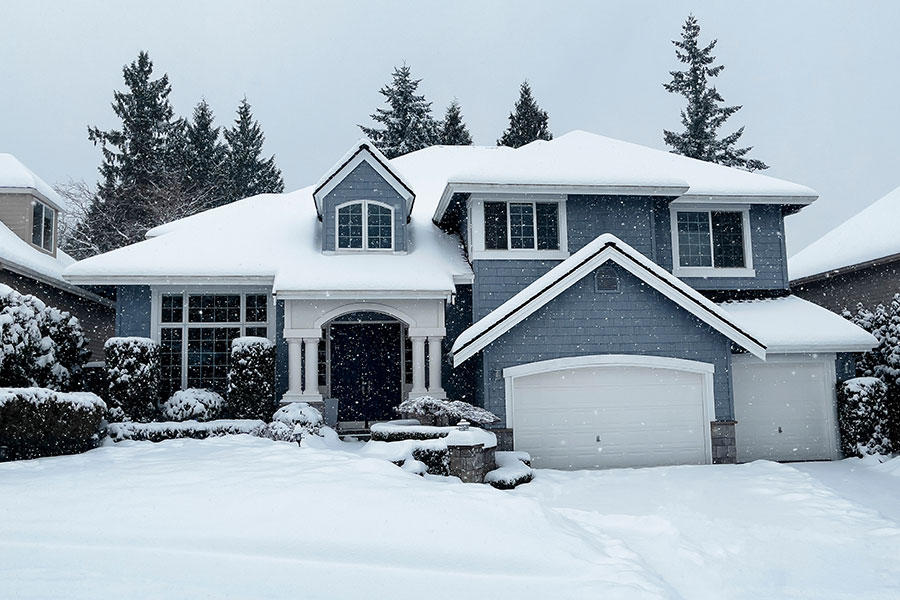Welcome to another informative blog post from the roofing experts at Sutton’s in Springfield, IL. Today, we aim to clear up one of the most common queries from our valued customers – How is a roof measured? A proper understanding of this subject could help homeowners in the process of planning for a roof replacement or upgrade.
Understanding the Basics of Roof Measurements
Before we delve into the mechanics of roof measurement, it’s important to understand a few basic terms.
-Roof Square: This term is unique to the roofing industry. A “roofing square” is a unit of measure equivalent to 100 square feet. For instance, a 3,000-square-foot roof is considered to be 30 roofing squares. Roofing materials, such as shingles, are typically sold by the square.
-Pitch or Slope: The pitch or slope of the roof refers to the vertical rise of the roof for every twelve inches of horizontal distance. For instance, a 6/12 pitch means that the roof rises six inches vertically for every twelve inches it runs horizontally. The pitch affects the amount of roofing material needed and the complexity of the roofing job.
Understanding the Basics of Roof Measurements
Before we delve into the mechanics of roof measurement, it’s important to understand a few basic terms.
-Roof Square: This term is unique to the roofing industry. A “roofing square” is a unit of measure equivalent to 100 square feet. For instance, a 3,000-square-foot roof is considered to be 30 roofing squares. Roofing materials, such as shingles, are typically sold by the square.
-Pitch or Slope: The pitch or slope of the roof refers to the vertical rise of the roof for every twelve inches of horizontal distance. For instance, a 6/12 pitch means that the roof rises six inches vertically for every twelve inches it runs horizontally. The pitch affects the amount of roofing material needed and the complexity of the roofing job.
Measuring Your Roof
There are three basic methods to measure a roof, each with its unique use cases. If you have any questions about our roofing processes or services, please consult with our team.
- Ground Measurement: This is the simplest and safest method, ideally suited for a DIY measurement. Here are the steps:
- Measure the Footprint: Start by measuring the exterior dimensions of your home or the area under the roof, which gives you the ground dimensions.
- Calculate the Roof Pitch: Since the ground measurement doesn’t account for the roof’s pitch, this is an important next step. Use a roofing pitch gauge (available online or at hardware stores) to calculate the pitch of your roof.
- Determine the Roof Area: Multiply the footprint area (length x width) by a “pitch factor” (available in a pitch factor chart) to get the total roof area. For instance, a 2,000-square-foot home with a 6/12 pitch (pitch factor of approximately 1.12) would have a roof area of approximately 2,240 square feet or 22.4 squares.
- Direct Measurement: This method involves climbing onto the roof and measuring the dimensions directly. For safety and accuracy reasons, we at Sutton’s Inc. recommend that direct measurements be performed by a professional roofing contractor. The steps for direct measurements include:
- Measure Each Roof Section: Break down the roof into rectangular or triangular sections, measure the length and width of each section, and calculate their area (length x width for rectangles; 0.5 x base x height for triangles).
- Calculate Total Roof Area: Sum up the area of each section to determine the total roof area in square feet, then divide by 100 to find the roof area in squares.
Whether you choose ground or direct measurements, always remember that safety should be your priority. At Sutton’s Inc., we provide professional roof measurement and estimation services that ensure accurate measurements without the risk of you climbing ladders or walking on roofs.
- Software and Satellite Imagery: At Sutton’s Inc., we understand the importance of staying ahead in the technology game. That’s why we employ HOVER, a cutting-edge roofing measurement software. HOVER uses satellite imagery and artificial intelligence to generate highly accurate measurements and 3D models of your roof. This modern method of roof measurement provides a number of advantages:
- Efficiency: With the use of software and satellite imagery, we can acquire accurate roof measurements quickly, saving you time and allowing us to generate quotes faster.
- Safety: Using this technology reduces the need for initial physical roof measurements, hence reducing the risk of accidents.
- Accuracy: HOVER’s use of advanced algorithms and high-resolution imagery ensures the measurements are extremely accurate, which helps prepare precise estimates.
Here are the steps involved in using this method:
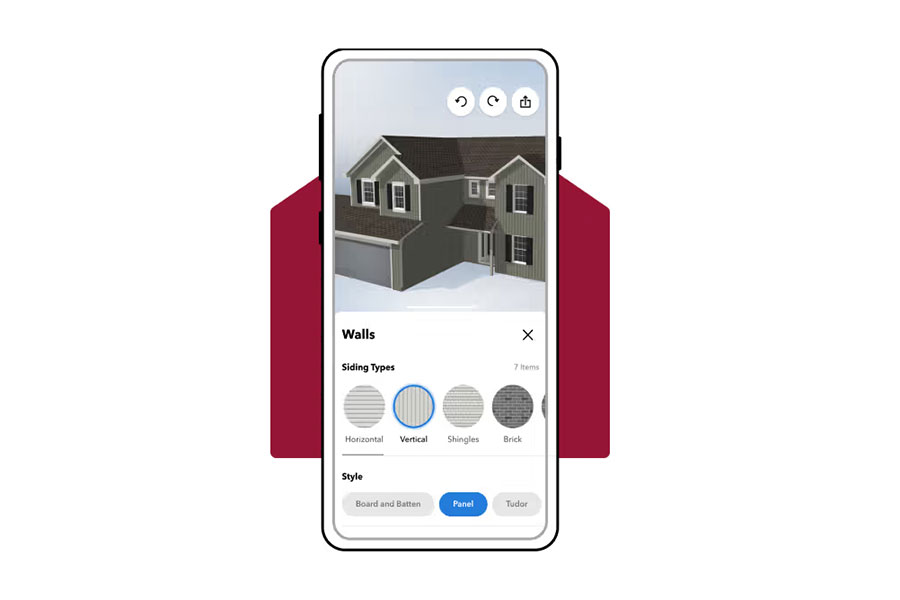
- Capture Images: We start by capturing images of your home using a smartphone. This process takes a few minutes and involves walking around your property while taking pictures.
- Upload and Process: The images are then uploaded to the HOVER software, which uses AI to process the images and generate a 3D model of your home. This model includes detailed exterior measurements, including the roof.
- Review and Verify: The measurements obtained through the software are reviewed. The data includes lengths, areas, and other details required to plan a roofing project.
However, while this technology offers tremendous advantages, at Sutton’s, we believe in the importance of blending technology with traditional techniques to ensure maximum accuracy and customer satisfaction.
Verification: The Double-Check with Traditional Measurement
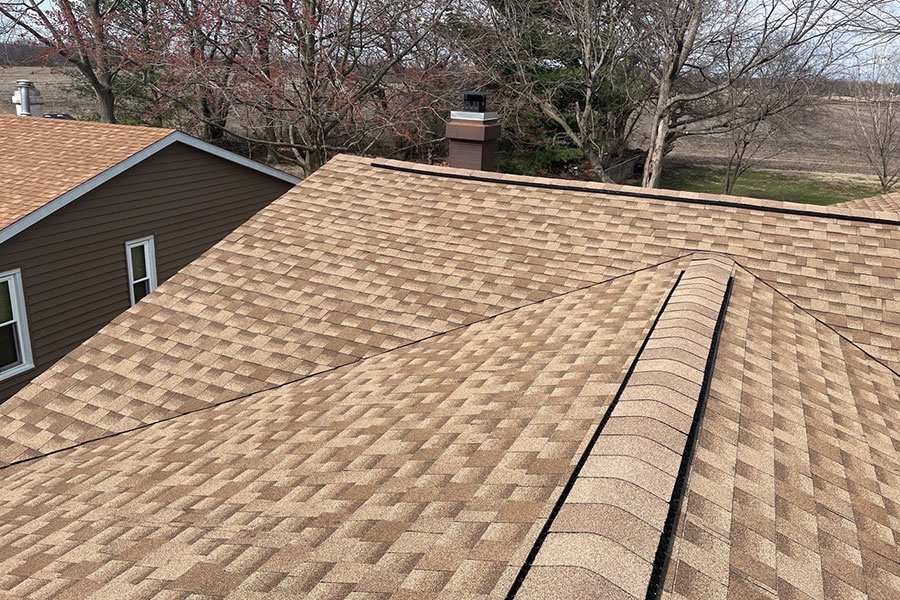
After obtaining the roof measurements from the HOVER software, our skilled team at Sutton’s will visit the site to verify these measurements manually. This process involves using a tape measure to cross-verify the dimensions obtained from the software.
Why do we do this? While the software offers high accuracy, conditions on the ground may sometimes differ. There could be recent changes to the roof structure, or the satellite imagery might be slightly outdated. By double-checking the measurements manually, we ensure the highest level of accuracy, allowing us to provide you with an exact cost estimation and a seamless roof replacement or repair process. By marrying technology with traditional measurement methods, Sutton’s Inc. guarantees an accurate, efficient, and effective approach to roofing. Trust us with your roofing needs and experience a blend of innovation and tradition that ensures a perfectly fitted, durable, and aesthetically pleasing roof over your head. Contact our team today.
Finding a Reliable Roofing Contractor
Whether you’re based in Springfield, IL or the surrounding areas, don’t hesitate to reach out to us at Sutton’s Inc. Our team is equipped with both high-tech tools and tried-and-true measuring tapes to offer you the best possible roofing experience! If you are interested in having your roof measured and evaluated, please call 217.528.3911 to speak with one of our roofing experts, and we’ll help you visualize your next home improvement project.
